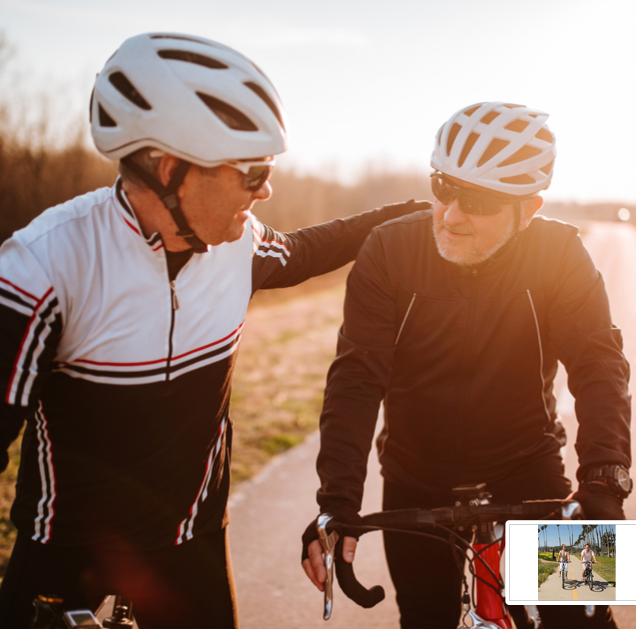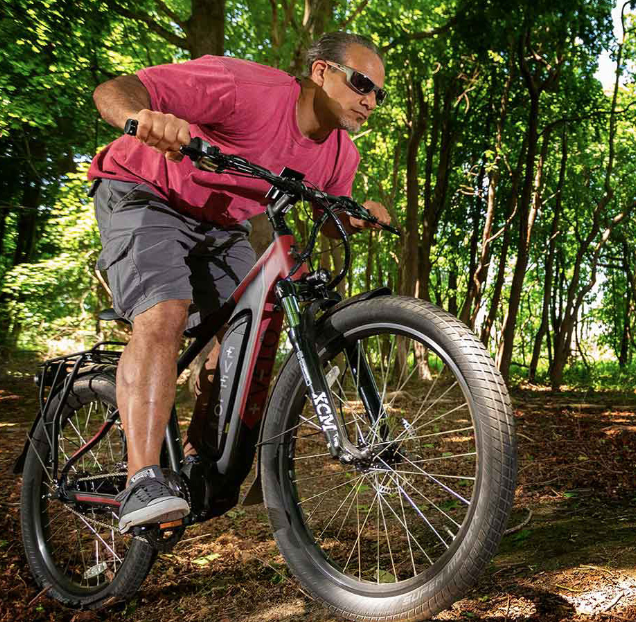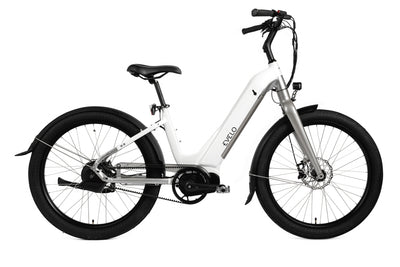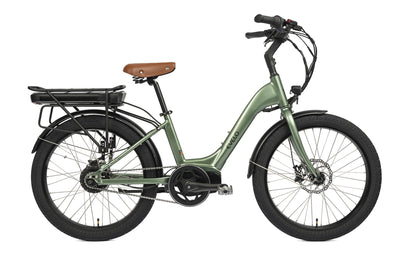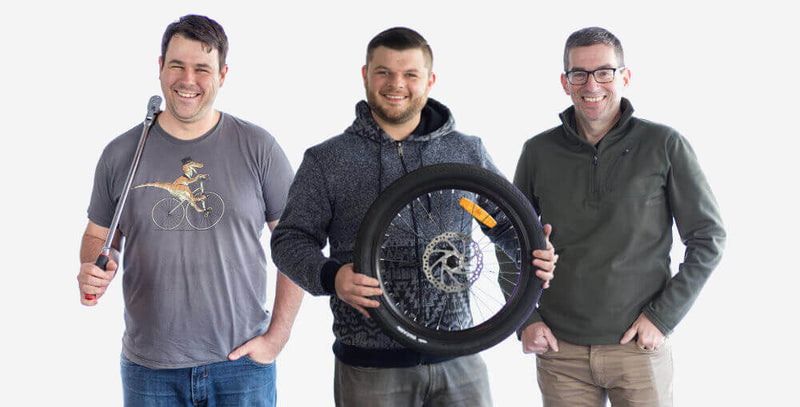You know have your bike and know basics on bicycle safety, rules and maintenance. Now, it's time to think of using your bicycle to help achieve your fitness goals. But before you dive in, there are a few key concepts you need to understand first.
How Often Do I Need to Ride?
To improve physical fitness, lose weight, and build or tone muscles, the length and intensity of your ride matter more than how far you ride.
As a general guideline, beginners and people who are not currently in very good shape should pedal 3-5 times weekly, for 30-60 minutes per ride. For more experienced cyclists, or for cyclists who are already in decent physical shape but want to improve, scale up the amount of time you ride by roughly 10% each week.
And don’t forget, recovery is a key component to improving your fitness. Give your body at least one day off per week. Recovery days are crucial, as these are the periods during which your body heals, builds new muscle, and prepares for the next week of exercise.
Cross Train for Better Results
Cross training is when you engage two or more different sports or modes of exercise to give your body a more comprehensive, dynamic workout.
What is Interval Training?
Many of the cycling workouts outlined in this guide are based on interval training. This simply means that the workout alternates between periods of high-intensity activity and periods of low-intensity activity.\
Interval training is not unique to the world of cycling. In fact, you can incorporate interval training into virtually any other form of exercise. And whether you’re cycling or doing another activity, the benefits of interval training are more or less the same. According to experts at the Mayo Clinic, these benefits include:
- Making it easier to stay psychologically engaged and interested in your workout;
- Burning more calories;
- More time-efficient workouts;
- Improved aerobic fitness and capacity.
Understanding Training Zones
Training zones are very important in cycling because they provide a consistent way to gauge the physical difficulty of any given workout or workout interval.
When you learn about new workout plans, either in this e-book or elsewhere, you will typically see the intervals of the workout described in terms of training zones.
To understand how hard a workout plan is asking you to work, and to ensure that you’re sticking with the plan when you’re out on your bike, you need to have a strong sense of what these zones mean.
In most cycling workout systems, there are 5 zones, which move from 1 to 5 on a scale of physical difficulty and exertion. Zone 1 is the easiest you can ride, essentially just a casual cruise, while Zone 5 is pedaling as hard as you can.
There are two main ways to get a sense of what these Zones mean for you individually. The first is a bit more subjective, as it is basically a process of riding enough to figure out what’s easy to you what’s most difficult to you in terms of physical exertion. Once you know what your maximum pedaling effort feels like, build back from there to construct the rest of your Zones.18
The second method is more objective and scientific, as it is based on figuring out your maximum heart rate and then calculating your zones as a percentages of that heart rate.
To figure out your maximum heart rate, the experts at Cycling Weekly recommend riding your bike up a steep hill as fast and as hard as you can four separate times.
At the end of each climb, immediately measure your heart rate by placing your index and middle fingers on your neck, just to the side of your windpipe.
When you feel your pulse, count the number of heartbeats in a 15-second period.
By the time you complete your third and fourth climbs, you should be hitting your maximum heart rate.19 You’ll then use this maximum heart rate as the benchmark for calculating the rest of your zones. This chart brings everything together to help you accurately construct your zones:
| ZONE | EFFORT LEVEL | WHAT IT FEELS LIKE | % OF MAX HEART RATE |
| 1 | Very easy; casual cruise; warm-up or cool-down | This is basically a very easy warm-up; you should be able to talk normally and you’ll feel only a slightly elevated heart rate | 60–65% |
| 2 | Steady; active “cruising” pace; slightly more strenuous and engaged warm-up or cool-down | This zone feels like you’re riding along at a steady pace on relatively flat ground; you should be able to speak one sentence at a time and your breathing will become a bit more labored | 65–75% |
| 3 | Brisk; active workout pace | At this point, you’re starting to work hard; you’ll feel a noticeably elevated heart rate and you’ll be breathing hard enough that you can only speak in very short phrases | 75–85% |
| 4 | Challenging; racing pace; hard climbing | In this zone you are going almost as hard as you can; your heart rate and breathing will be elevated to the point that you’ll only be able to say one word at a time | 85–90% |
| 5 | Extremely hard; maximum effort |
This is your max; expect to be panting to catch your breath with a very elevated heart rate; you will be breathing so hard you won’t really be able to speak at all |
90 – Maximum% |
For more information on this subject, often called “Rating of Perceived Exertion,” see:
- “Is Perceived Exertion Accurate or Meaningful to Your Training?” CTS.
- “Cycling training zones: power and heart rate zones explained.” Cycling Weekly. May 9, 2019.
What is Cadence?
“Cadence” refers to the speed and rhythm of your pedal strokes. In general, you want to maintain a constant cadence, regardless if you’re pedaling on flat ground or up a hill. To do that, you need to shift your gears so that you have a consistent level of resistance. On flat ground shift into slightly harder gears, on uphills shift into slightly easier gears.
Avoid riding in such an easy gear that your legs spin rapidly without providing very much propulsion. Similarly, don’t shift into such a hard gear that you can barely complete a pedal revolution. Instead, find a sweet spot right in the middle, where your legs are pumping at an active and steady pace that allows you to maintain the speed you want.
With that said, there will be times when a workout plan specifically asks you to pedal at an extra high cadence—your legs will be spinning very fast in relation to your actual speed—or an extra low cadence—your legs will be spinning very slow in relation to your actual speed. In most cases, cadence will be described in revolutions per minute (RPMs). If your workout requires you to ride in specific cadences, install a simple bicycle computer that measures and displays RPMs.



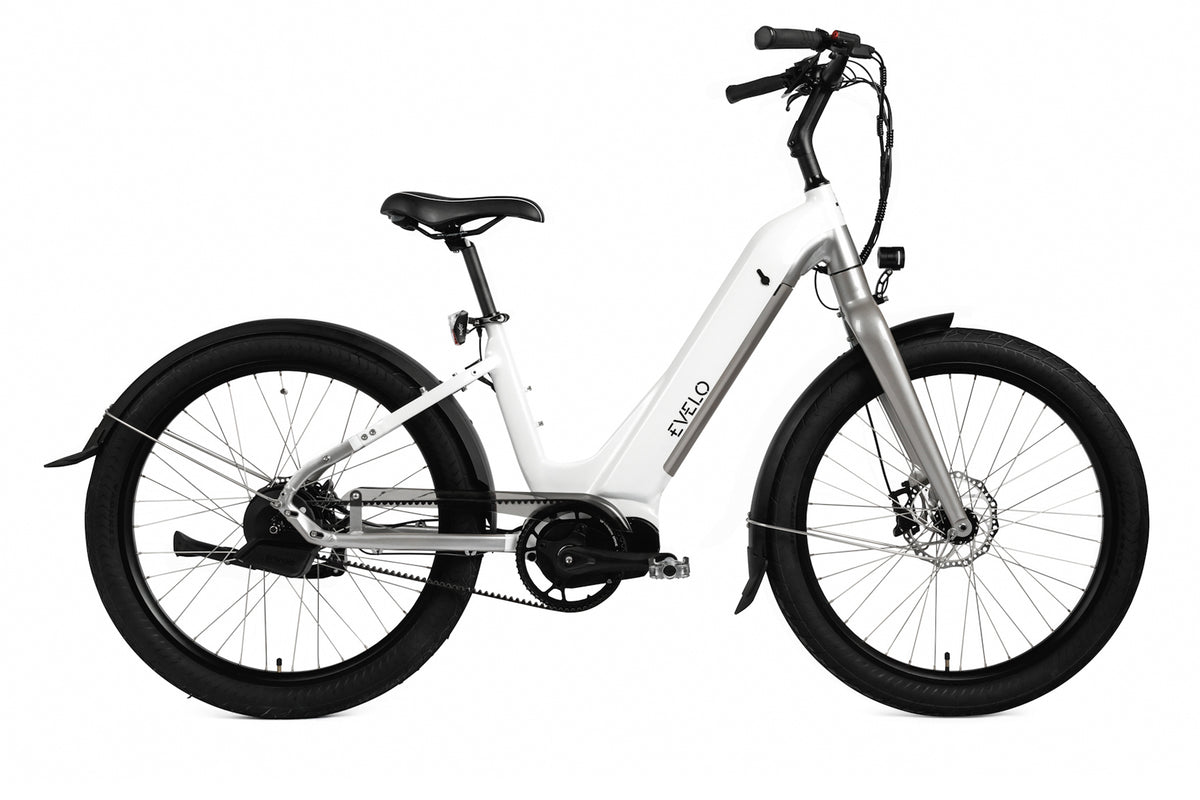
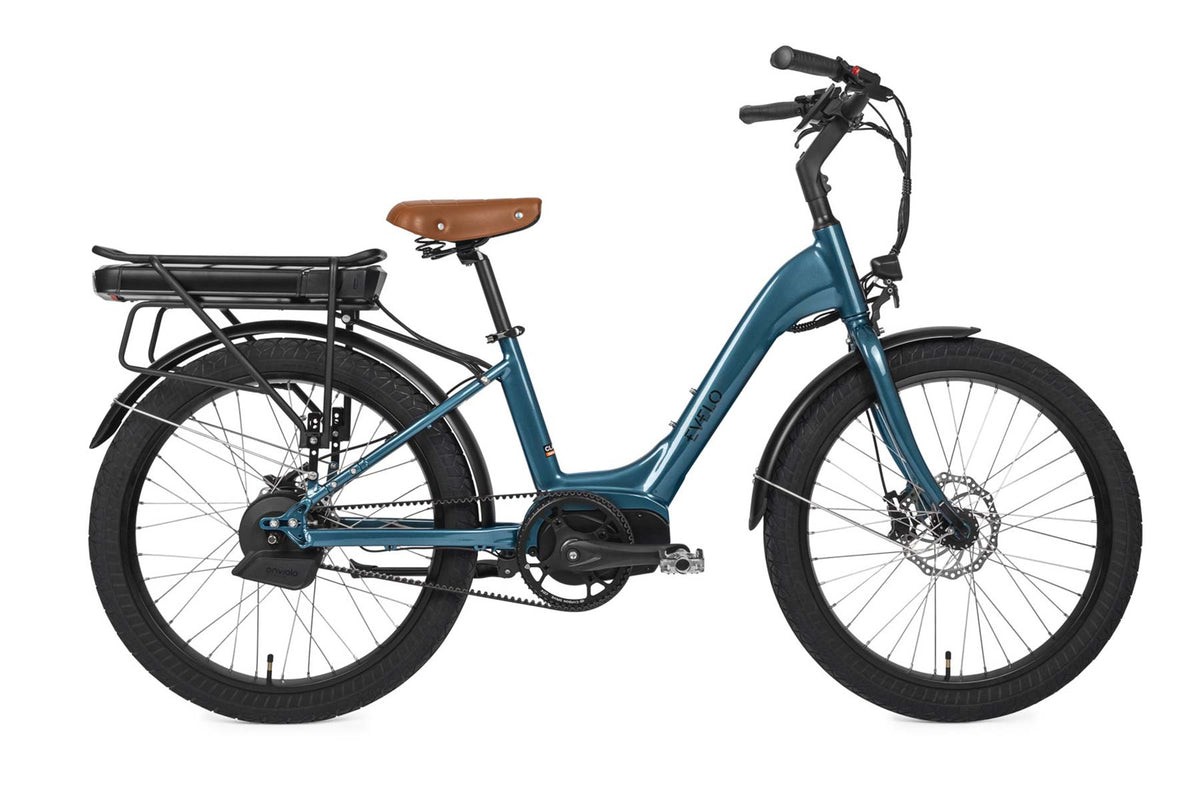


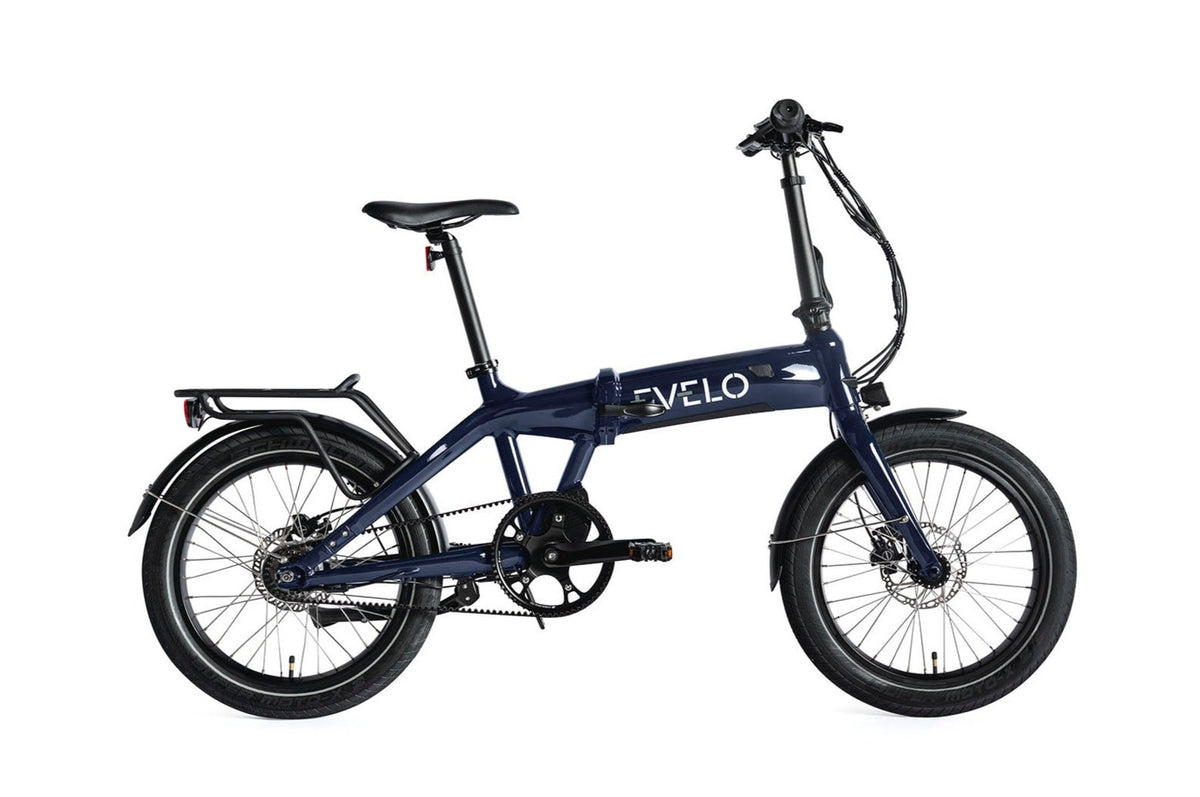
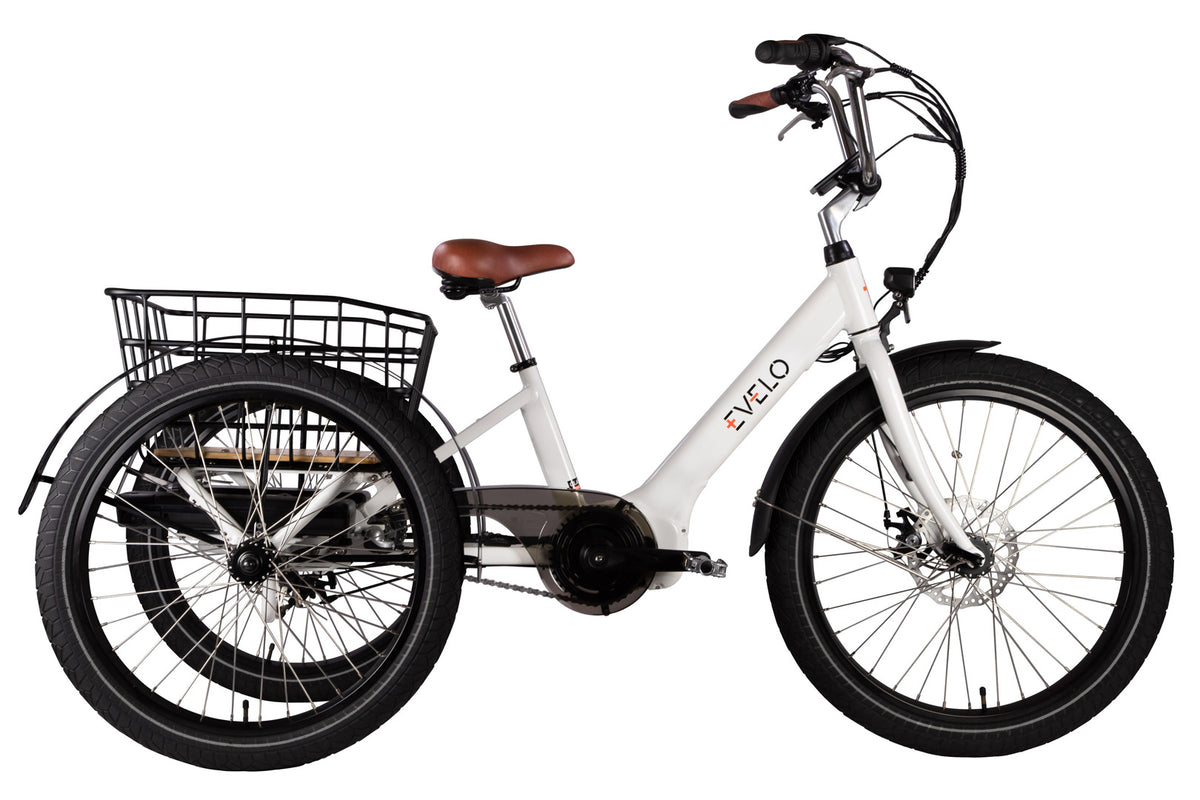
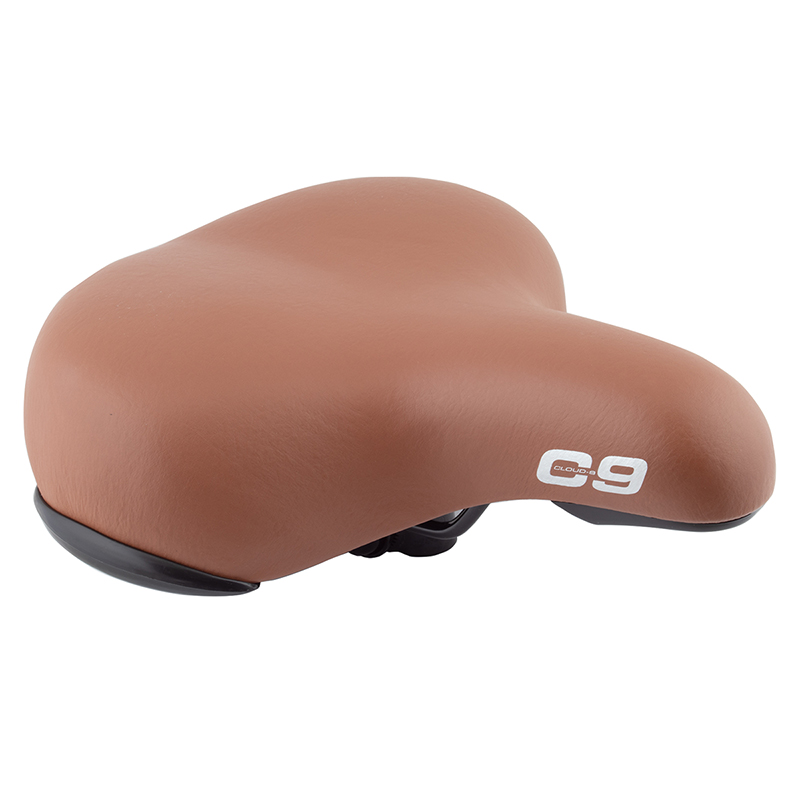
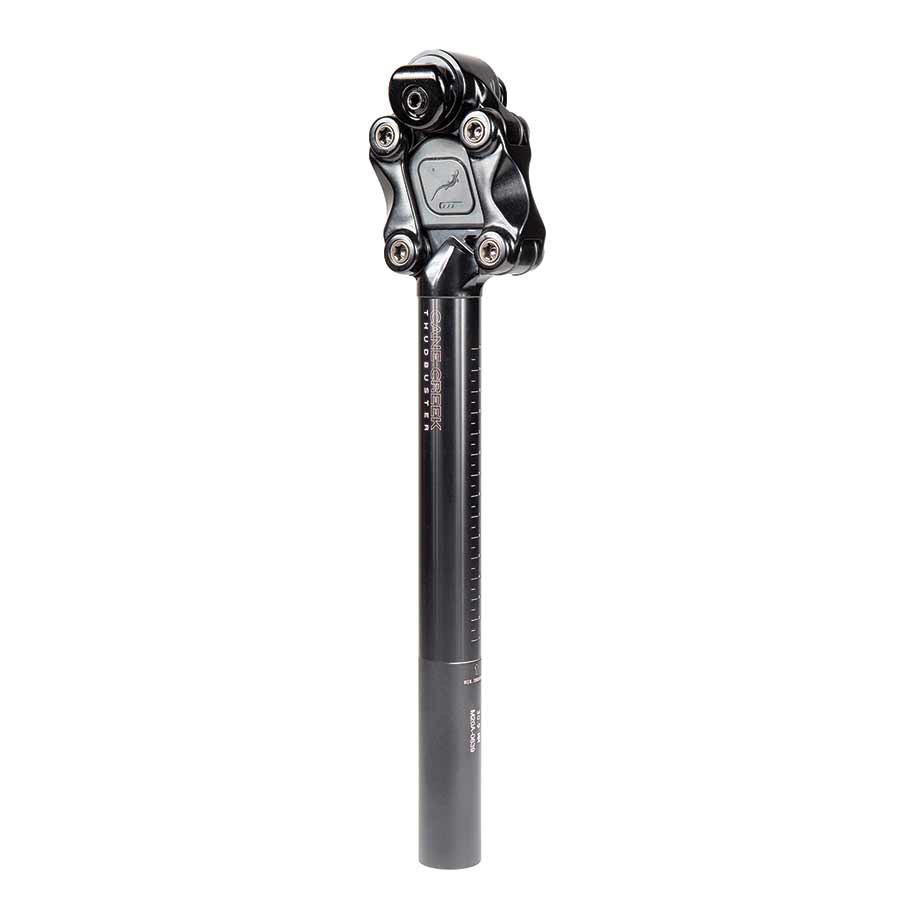
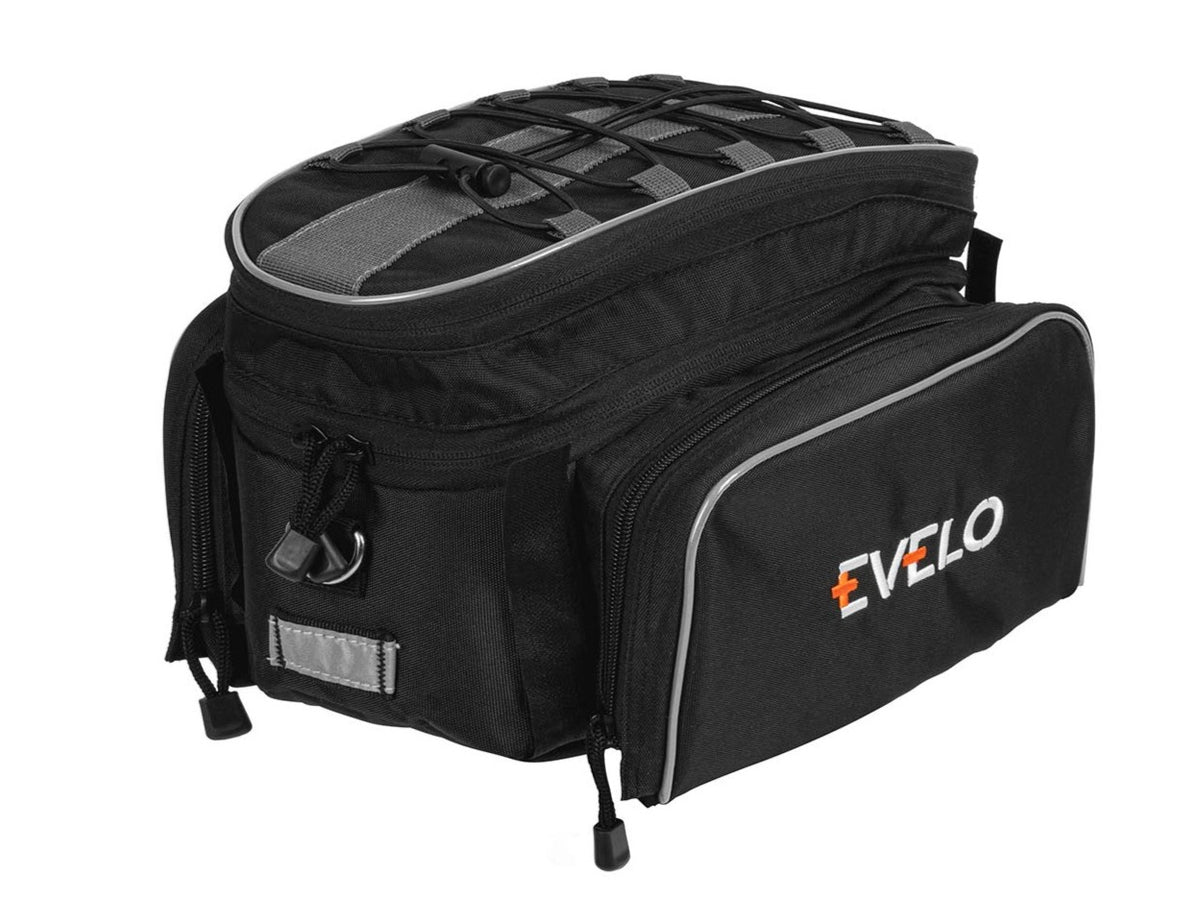
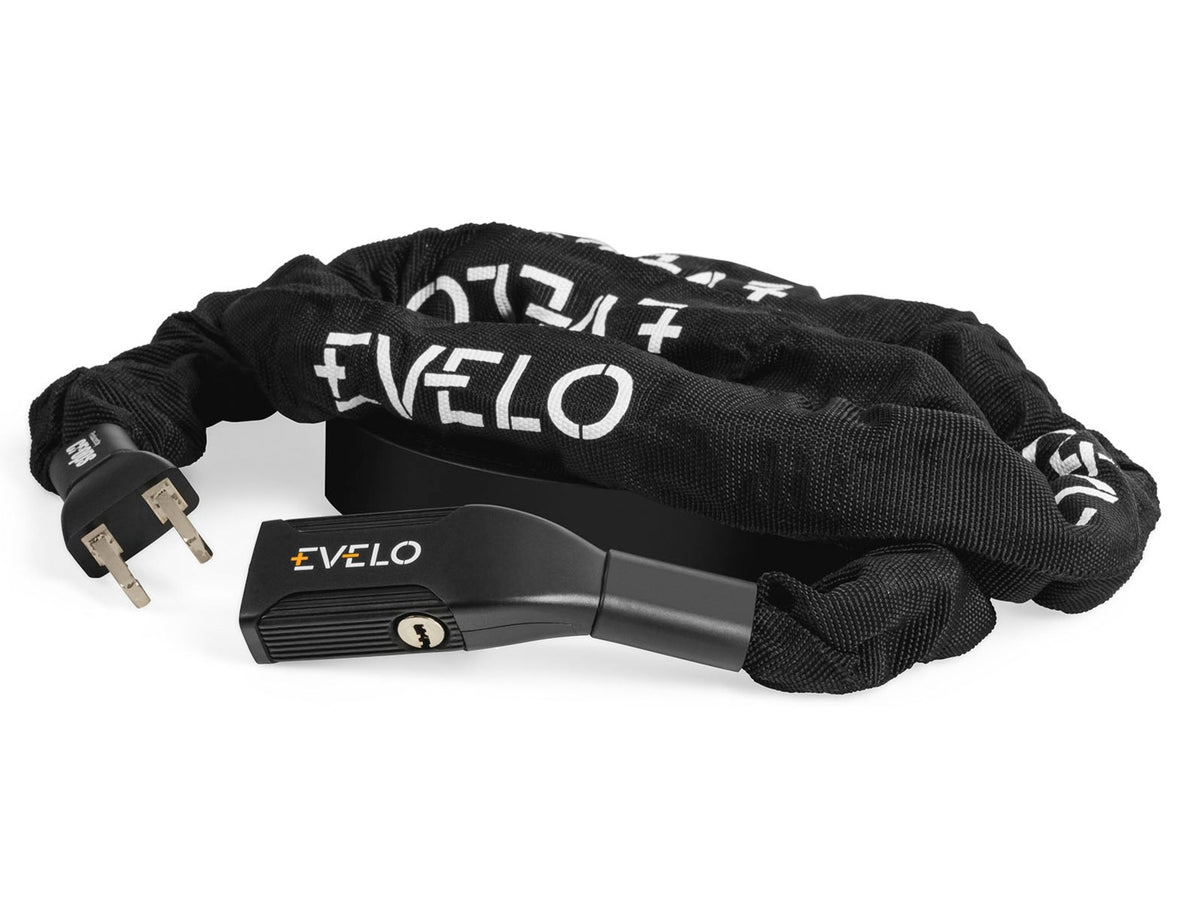


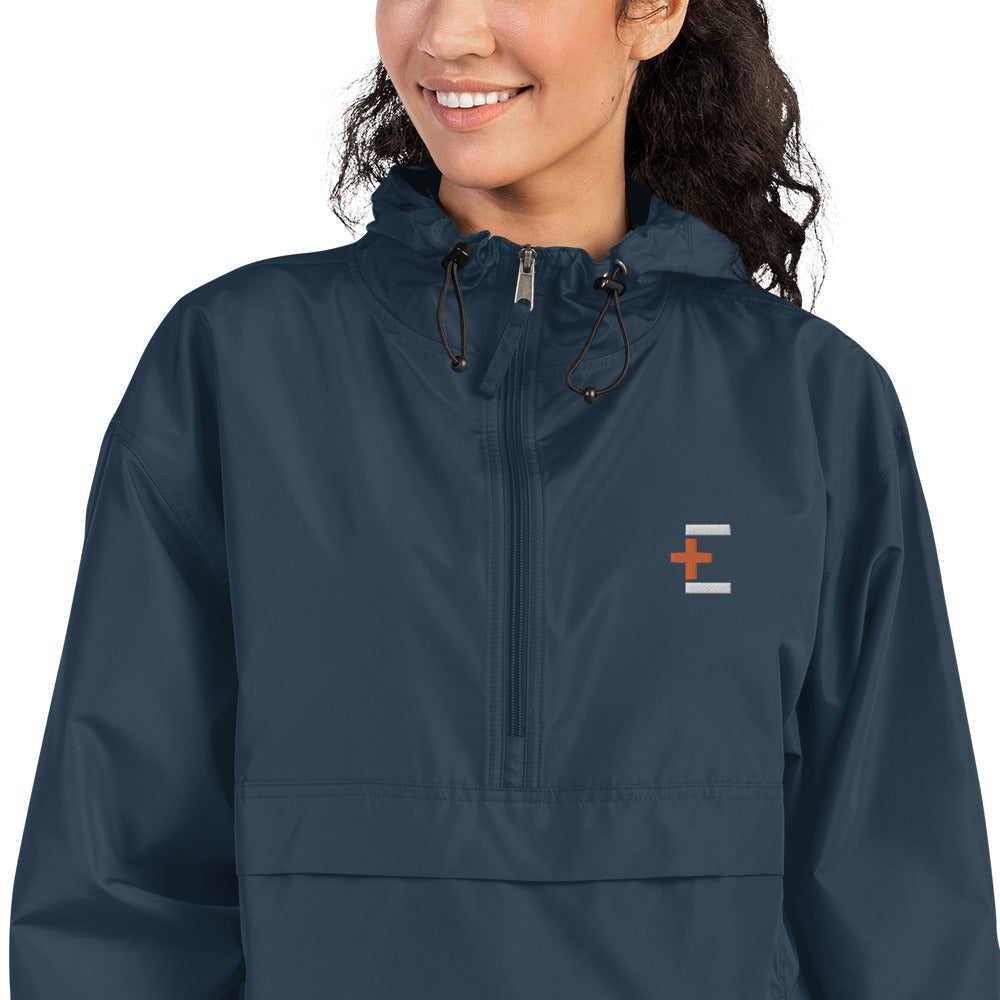

 Easy Assembly
Easy Assembly
 Service and Repairs
Service and Repairs
 Ebike Articles & Content
Ebike Articles & Content


